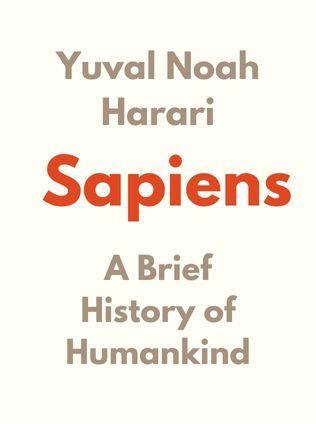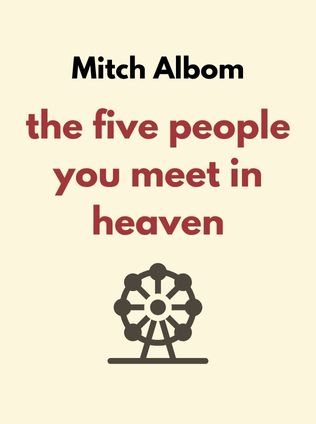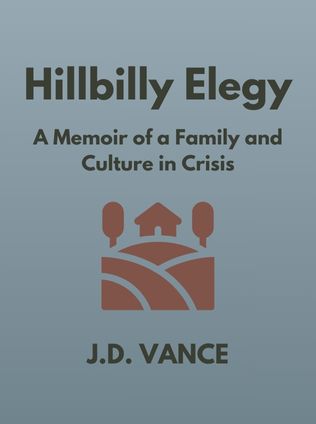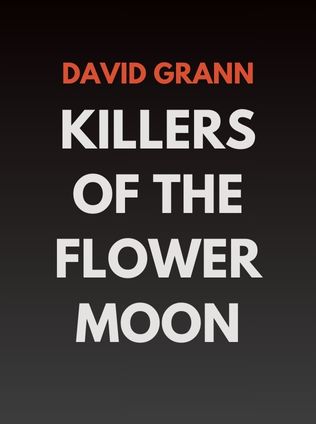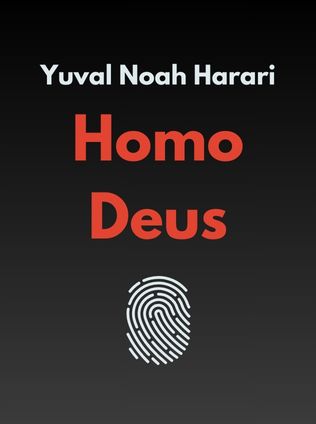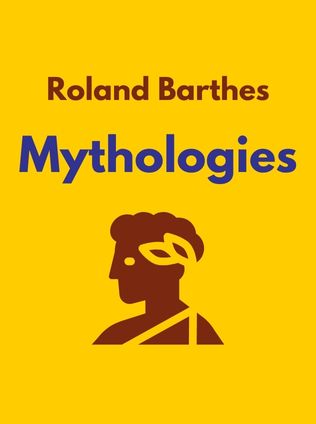
About the Author
Roland Barthes, one of the most influential literary critics and theorists of the 20th century, was a prominent figure in the structuralist and post-structuralist movements in France. Born in 1915, Barthes spent much of his career exploring the ways in which language, images, and symbols shape our understanding of the world. He was particularly interested in the intersection of culture, media, and meaning, and his work continues to influence fields as diverse as literary criticism, philosophy, and cultural studies.
Barthes’s work is characterized by his deep engagement with semiotics, the study of signs and symbols as elements of communicative behavior. His analysis often extended beyond traditional texts, delving into everyday objects, popular culture, and even the mundane to reveal the underlying systems of meaning at play. Among his most renowned works is “Mythologies”, originally published in 1957, where he deconstructs the seemingly innocuous cultural phenomena of his time to expose the myths they perpetuate and the ideologies they reinforce.
Main Idea
In “Mythologies”, Barthes presents the idea that myths are not merely ancient stories or legends but are alive and well in modern society, subtly influencing our perceptions and beliefs. A myth, according to Barthes, is a mode of communication that transforms historical or cultural phenomena into natural, seemingly self-evident truths. Through his essays, Barthes explores how everyday objects, images, and language are infused with ideological meanings by dominant cultural institutions, thereby shaping and controlling the public's worldview.
Barthes argues that these modern myths often serve to reinforce the status quo by naturalizing the values of the ruling class and obscuring the socio-political realities beneath them. In doing so, they perpetuate existing power structures and social inequalities. By critically analyzing these myths, Barthes seeks to reveal their constructed nature and challenge their seemingly natural or neutral status.
Table of Contents
- Understanding Myth
- The Components of Myth: Form and Concept
- The Creation and Function of Myth
- The Dangers of Myth
- The Myths That Create Social Reality
- Class Constructs: "The Blue Blood Cruise"
- Gender Constructs: "Novels and Children"
- Racial Constructs: "Bichon Among the Blacks"
- Beauty Constructs: "Garbo's Face"
- Political Constructs: "Billy Graham at the Vel' d'Hiv'"
Understanding Myth
The Components of Myth: Form and Concept
Barthes begins his exploration by defining the basic components of a myth: form and concept. The form of a myth is the actual object, image, or phrase that we perceive with our senses. This could be anything from a song to a national flag or even a simple household item. The concept, on the other hand, is the abstract idea or value that society associates with the form. When these two elements are combined, they create a myth that conveys a particular message or meaning.
For example, consider the image of a national flag. On its own, the flag is just a piece of fabric with colors and patterns. However, when associated with the concept of patriotism, the flag becomes a powerful symbol that represents the nation’s identity, ideals, and values. This transformation is the essence of mythmaking.
Barthes also points out that myths do not just add new meanings to objects or images; they also distort their original meanings. This distortion allows myths to appear as natural and self-evident truths, rather than as constructions shaped by cultural and ideological forces. As Barthes eloquently puts it:
Sign up for FREE and get access to 1,400+ books summaries.
You May Also Like
Freakonomics
A Rogue Economist Explores the Hidden Side of Everything
By Steven D. Levitt and Stephen J. DubnerI Am Malala
The Story of the Girl Who Stood Up for Education and Was Shot by the Taliban
By Malala Yousafzai





